Filter by
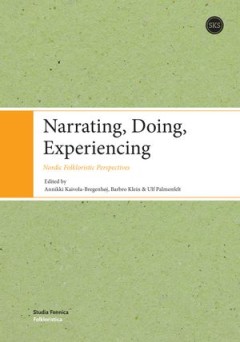
Narrating, Doing, Experiencing
How do people tell of experiences, things and events that mean a lot to them and are unforgettable? Eight Nordic folklorists here examine personal experience stories and the way they are narrated in an attempt to gain an understanding of the people behind them and to reveal how these people handle their history, their lives and their cultural memory. All the articles are based on interviews and…
- Edition
- -
- ISBN/ISSN
- 9789518580648
- Collation
- -
- Series Title
- -
- Call Number
- 301 PAL n

Rhetorics of Nordic democracy
Democracy is today a concept that is overwhelmingly positively evaluated almost everywhere. A lot has been written about socio-economic and cultural backgrounds of democratic regimes as well as their institutional settings. By contrast, not much is known about the political manoeuvres and speech acts by which 'democracy' has been tied to particular regions and cultures in concrete historical si…
- Edition
- -
- ISBN/ISSN
- 9789522222282
- Collation
- -
- Series Title
- -
- Call Number
- 321.8 RHE r
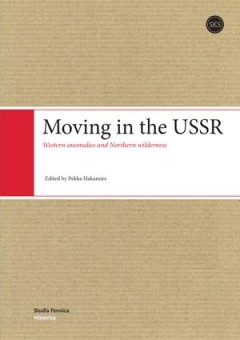
Moving in the USSR
This book deals with 20th century resettlements in the western areas of the former USSR, in particular the territory of Karelia that was ceded by Finland in the WWII, Podolia in the Ukraine, and the North-West periphery of Russia in the Kola peninsula. Finns from Karelia emigrated to Finland, most of the Jews of Podolia were exterminated by Nazi Germany but the survivors later emigrated to Isra…
- Edition
- -
- ISBN/ISSN
- -
- Collation
- -
- Series Title
- -
- Call Number
- 301
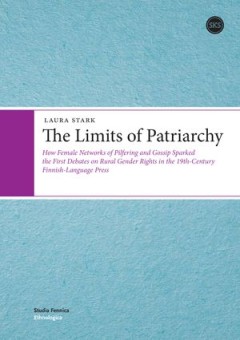
The Limits of Patriarchy: How Female Networks of Pilfering and Gossip Sparked…
In the mid-19th century, letters to newspapers in Finland began to condemn a practice known as home thievery, in which farm mistresses pilfered goods from their farms to sell behind the farm master’s back. Why did farm mistresses engage home thievery and why were writers so harsh in their disapproval of it? Why did many men in their letters nonetheless sympathize with women’s pilfering? Wha…
- Edition
- -
- ISBN/ISSN
- 9789522223272
- Collation
- -
- Series Title
- -
- Call Number
- 909.81 STA l

Peasants, Pilgrims, and Sacred Promises
Lying on the border between eastern and western Christendom, Orthodox Karelia preserved its unique religious culture into the 19th and 20th centuries, when it was described and recorded by Finnish and Karelian folklore collectors. This colorful array of ritulas and beliefs involving nature spirits, saints, the dead, and pilgrimage to monasteries represented a unigue fusion of official Church ri…
- Edition
- -
- ISBN/ISSN
- 9789517463669
- Collation
- -
- Series Title
- -
- Call Number
- 306.6 STA p
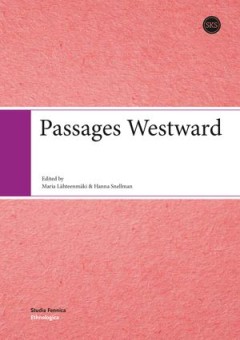
Passages Westward
The West has always been a resource for the Finns. Scholars, artists and other professionals have sought contacts from Europe throughout the centuries. The Finnish experience in Western Europe and the New World is a story of migrant laborers, expatriates and specialists working abroad. But you don’t have to be born in Finland to be a Finn. The experiences of second-generation Finnish immigran…
- Edition
- -
- ISBN/ISSN
- 9789518580679
- Collation
- -
- Series Title
- -
- Call Number
- 572.9 SNE p
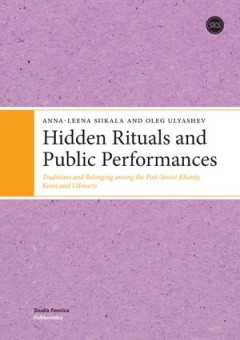
Hidden Rituals and Public Performances: Traditions and Belonging Among The Po…
Why are Khanty shamans still active? What are the folklore collectives of Komi? Why are the rituals of Udmurts performed at cultural festivals? In their insightful ethnographic study Anna-Leena Siikala and Oleg Ulyashev attempt to answer such questions by analysing the recreation of religious traditions, myths, and songs in public and private performances. Their work is based on long term field…
- Edition
- -
- ISBN/ISSN
- 9789522223074
- Collation
- -
- Series Title
- -
- Call Number
- 301 ULY h
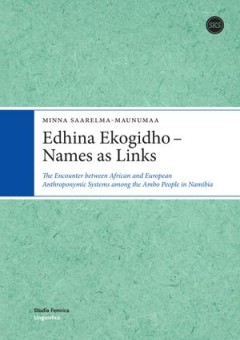
Edhina Ekogidho – Names as Links: The Encounter between African and Europea…
What are the most popular names of the Ambo people in Namibia? Why do so many Ambos have Finnish first names? What do the African names of these people mean? Why is the namesake so important in Ambo culture? How did the long independence struggle affect personal naming, and what are the latest name-giving trends in Namibia? This study analyses the changes in the personal naming system of the Am…
- Edition
- -
- ISBN/ISSN
- 9789522228161
- Collation
- -
- Series Title
- -
- Call Number
- 301 SAA e
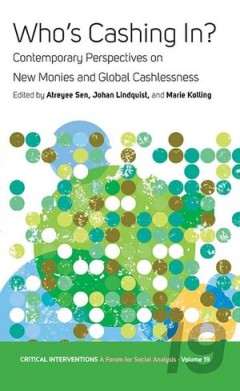
Who's Cashing In?: Contemporary Perspectives on New Monies and Global Cashles…
Cashless infrastructures are rapidly increasing, as credit cards, cryptocurrencies, online and mobile money, remittances, demonetization, and digitalization process replace coins and currencies around the world. Who’s Cashing In? explores how different modes of cashlessness impact, transform and challenge the everyday lives and livelihoods of local communities. Drawing from a wide range of et…
- Edition
- -
- ISBN/ISSN
- 9781789209174
- Collation
- -
- Series Title
- -
- Call Number
- 301 WHO w
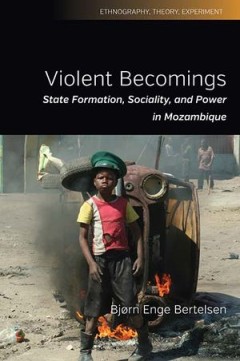
Violent Becomings: State Formation, Sociality, and Power in Mozambique
Violent Becomings conceptualizes the Mozambican state not as the bureaucratically ordered polity of the nation-state, but as a continuously emergent and violently challenged mode of ordering. In doing so, this book addresses the question of why colonial and postcolonial state formation has involved violent articulations with so-called ‘traditional’ forms of sociality. The scope and dynamic …
- Edition
- -
- ISBN/ISSN
- 9781785334290
- Collation
- -
- Series Title
- -
- Call Number
- 301 BER v
 Computer Science, Information & General Works
Computer Science, Information & General Works  Philosophy & Psychology
Philosophy & Psychology  Religion
Religion  Social Sciences
Social Sciences  Language
Language  Pure Science
Pure Science  Applied Sciences
Applied Sciences  Art & Recreation
Art & Recreation  Literature
Literature  History & Geography
History & Geography